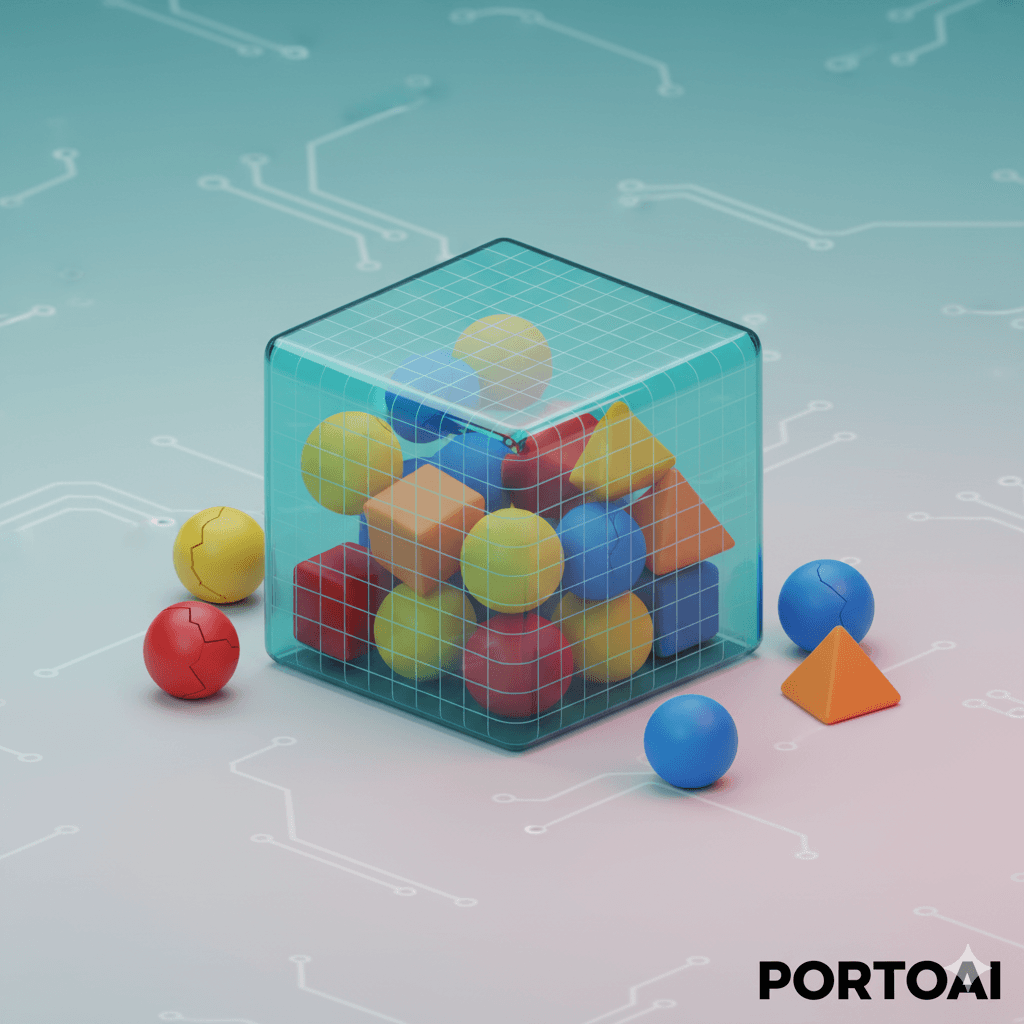India's Metal Sector: AI-Driven Investment Opportunities & Analysis

Venkateshwar Jambula
Lead Market Researcher
4 min read
•Published on September 8, 2024
•Navigating India's Metal Sector: An AI-Powered Investment Perspective
India's rapid economic expansion is intrinsically linked to the performance of its metal sector. As infrastructure development accelerates and the manufacturing base diversifies, the demand for metals like steel, aluminium, copper, and precious metals continues to climb. For sophisticated investors and financial advisors, understanding the nuances of this sector is paramount to identifying robust investment opportunities and managing risk effectively. This analysis, powered by data-driven insights, explores the current landscape and future potential of India's metal industry.
The Strategic Importance of India's Metal Sector
The metal sector serves as a foundational pillar of the Indian economy, contributing significantly to its Gross Domestic Product (GDP). Its operations span the entire value chain, from the extraction and processing of essential raw materials to the production of finished metal goods. Historically, India boasts a rich heritage in metalworking, dating back to ancient civilizations. Today, this sector not only fuels domestic industrial needs but also plays a crucial role in generating employment, boosting foreign exchange reserves through exports, and supporting ancillary industries.
Key Drivers of Growth
- Infrastructure Development: Ambitious government initiatives focused on building roads, railways, airports, and urban infrastructure directly translate into higher demand for steel, cement, and other construction-related metals.
- Manufacturing Expansion: The 'Make in India' initiative and the growth of sectors like automotive, aerospace, and electronics are increasing the consumption of various metals.
- Global Market Dynamics: International commodity prices, geopolitical factors, and trade policies can significantly influence export opportunities and domestic pricing.
Financial Performance and Market Trends
Analyzing the financial health and market trends within the Indian metal sector requires a data-centric approach. While the sector has demonstrated periods of substantial growth, it is also susceptible to market volatility, global price fluctuations, and competitive pressures from imports.
Profitability Insights
Profitability in the metal sector can be cyclical, influenced by commodity prices, operational efficiencies, and demand cycles. Recent performance indicates a strong rebound in profitability for many companies, particularly in the ferrous metals segment, driven by robust domestic demand and improved pricing. For instance, reports indicate significant year-on-year net profit increases in recent fiscal years, with a notable absence of sector-wide losses.
Did You Know? In FY22, the Indian metal sector witnessed a substantial YoY net profit increase of 160.6%, underscoring its resilience and growth potential.
Revenue Trajectories
Examining the revenue of leading metal companies reveals a clear upward trend over the past few fiscal years, reflecting increased production volumes and higher market prices. Key players in steel, aluminium, and diversified metals have reported significant revenue growth, indicating a healthy expansion of the market.
| Company Name | FY19 (Rs Cr.) | FY20 (Rs Cr.) | FY21 (Rs Cr.) | FY22 (Rs Cr.) | FY25 (Proj. Rs Cr.) |
|---|---|---|---|---|---|
| JSW Steel Ltd. | 77,592 | 64,890 | 71,396 | 120,749 | 133,259 |
| Vedanta Ltd. | 44,796 | 38,728 | 48,388 | 71,624 | 89,342 |
| Hindalco Industries | 46,689.19 | 40,981.00 | 43,351.00 | 68,188.00 | 77,464.00 |
| NMDC | 12,741 | 12,213 | 15,720 | 26,600 | 18,415 |
| SAIL | 67,500 | 62,645 | 70,121 | 104,515 | 105,802 |
Note: FY25 figures are projections.
Leveraging AI for Metal Sector Investment Strategy
Navigating the complexities and volatility of the metal sector requires sophisticated analytical tools. PortoAI's Market Lens provides investors with real-time data synthesis and predictive analytics, enabling a deeper understanding of market signals, supply-demand dynamics, and company-specific performance metrics. By integrating AI-powered research, investors can:
- Identify Emerging Trends: Detect subtle shifts in commodity prices and sector demand before they become widely apparent.
- Assess Company Health: Utilize advanced financial modeling to evaluate the profitability and revenue growth of metal companies.
- Manage Risk: Leverage PortoAI's risk console to model potential downside scenarios and optimize portfolio allocation within the sector.
- Make Confident Decisions: Base investment choices on objective, data-driven insights rather than speculation.
Conclusion
The Indian metal sector presents a compelling landscape for investors seeking exposure to a fundamental growth engine of the economy. While historical performance and future projections indicate significant potential, a disciplined, data-informed approach is essential. By harnessing the power of AI-driven investment research platforms like PortoAI, investors can gain a distinct advantage, enabling them to navigate market intricacies with confidence and capitalize on the enduring opportunities within India's vital metal industry.
Blog
Investment Insights and Tips
Explore our latest investment strategies and insights.

Commodities
What is a Quote-Driven Market? Understanding Dealer Markets Explained
A quote-driven market refers to a type of financial market structure in which market participants trade through market makers who quote bid and ask prices for securities. Market makers play a crucial ...
Venkateshwar Jambula
September 28, 2024
•4 min read

Stocks
What is Swing Trading? A Data-Driven Guide for Investors
Swing trading is a method of trading where a market participant takes a position for a couple of days to a couple of weeks to take advantage of short- to medium-term price swings. This is done to capt...
Venkateshwar Jambula
September 28, 2024
•4 min read

Commodities
What is On-Balance Volume (OBV)? A Trader's Guide to Momentum
On-Balance Volume (OBV) is a technical analysis indicator that predicts the change in a stock’s price through its volume flow. When trading financial securities, price and volume are considered two ke...
Venkateshwar Jambula
September 28, 2024
•4 min read

Commodities
Master Algorithmic Trading: Strategies & AI Insights
Algorithmic trading is a method of automating trades based on pre-programmed instructions. Think of it like using an algorithm for intraday trading where it can automate trading decisions and swiftly ...
Venkateshwar Jambula
September 28, 2024
•6 min read